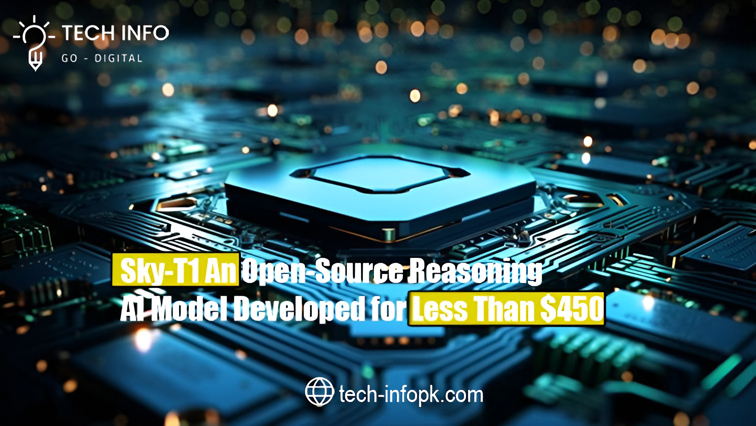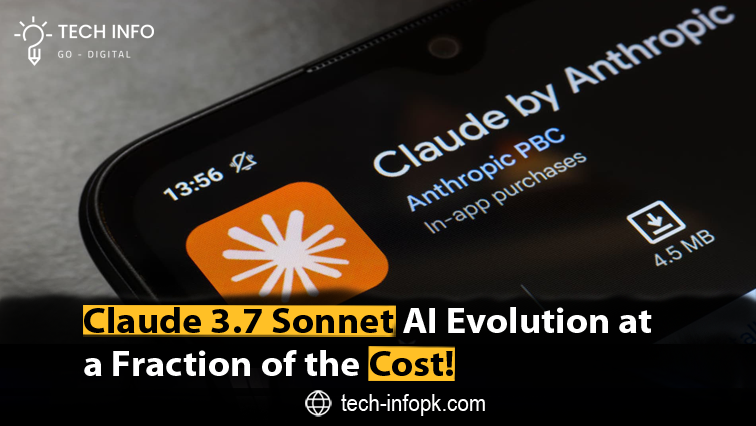The development of reasoning artificial intelligence (AI) models has taken a significant leap forward with the introduction of Sky-T1-32B-Preview. On Friday, researchers from Nova Sky, a team operating out of the University of California, Berkeley’s Sky Computing Lab, unveiled their groundbreaking reasoning AI model, showcasing its ability to deliver high-level performance at an impressively low development cost.
Sky-T1-32B-Preview is a milestone in AI research, as it competes directly with early versions of OpenAI’s o1 model across several key benchmarks. What sets it apart is its status as a truly open-source reasoning model. The NovaSky team not only released the trained model but also made the dataset and training code publicly available, enabling other researchers and developers to replicate the model from scratch.
“Remarkably, Sky-T1-32B-Preview was trained for less than $450,” the NovaSky team shared in a blog post, emphasizing the affordability and efficiency achieved in replicating advanced reasoning capabilities.
While $450 may still seem steep to some, it represents a monumental cost reduction in the field of AI development. Only a few years ago, training a model with similar capabilities often required millions of dollars in resources. Synthetic training data—generated by other AI models—has played a pivotal role in driving down these costs. For instance, Writer’s Palmyra X 004 model, developed almost entirely using synthetic data, still incurred costs of approximately $700,000.
Table of Contents
ToggleWhat Makes Sky-T1 Unique?
Unlike many existing AI models, reasoning models like Sky-T1 stand out for their ability to effectively self-verify and fact-check. This unique characteristic helps them avoid common pitfalls that often undermine the reliability of traditional models. While reasoning models typically take longer—ranging from seconds to minutes—to compute solutions, they excel in fields like physics, science, and mathematics, where accuracy is paramount.
Sky-T1’s training process is particularly noteworthy. NovaSky employed another reasoning model, Alibaba’s QwQ-32B-Preview, to generate the initial training dataset. The data was then meticulously curated and refined using OpenAI’s GPT-4o-mini, which restructured the dataset into a more usable format. The training process itself involved 32 billion parameters—each parameter being a unit of computational reasoning—spread over 19 hours and powered by a configuration of 8 Nvidia H100 GPUs.
On several key benchmarks, Sky-T1 demonstrated remarkable performance. For example, it outperformed the preview version of OpenAI’s o1 model on MATH500, a dataset comprising competition-level mathematics challenges. Additionally, it excelled in LiveCodeBench, a benchmark designed to evaluate a model’s coding abilities in solving complex problems.
However, Sky-T1 revealed certain limitations. The model fell short of the o1 preview on GPQA-Diamond, a dataset that tests advanced knowledge in physics, biology, and chemistry—fields typically requiring PhD-level expertise.
A Competitive Landscape
It’s important to contextualize Sky-T1’s performance within the broader landscape of AI development. While the model holds its own against the preview version of OpenAI’s o1, it’s worth noting that OpenAI’s general availability (GA) release of o1 is already a stronger iteration. Furthermore, OpenAI is reportedly on the verge of launching its next-generation reasoning model, o3, which is expected to push the boundaries of performance even further.
Despite these challenges, NovaSky views Sky-T1 as a stepping stone toward a broader mission of advancing open-source reasoning AI. “Sky-T1 is just the beginning of our journey to create sophisticated reasoning models that are both accessible and efficient,” the team emphasized in their announcement.
Looking Ahead
The Nova Sky team has ambitious plans to refine and expand the capabilities of their models. Our focus will also be on exploring advanced techniques to enhance the efficiency and accuracy of these models during testing.”
This announcement signals a shift in the AI research community, where accessibility and cost-effectiveness are becoming as important as raw computational power. With Sky-T1, NovaSky has opened the door for researchers, developers, and industries to engage with cutting-edge reasoning AI without the prohibitive costs traditionally associated with such technologies.
As the AI field continues to evolve, innovations like Sky-T1 promise to democratize access to advanced capabilities, paving the way for new applications and discoveries. Nova Sky’s open-source approach sets a precedent for transparency and collaboration, fostering an environment where the potential of reasoning AI can be realized on a global scale.

Conclusion
The introduction of Sky-T1-32B-Preview marks a transformative moment in the evolution of artificial intelligence, particularly in the realm of reasoning models. NovaSky’s achievement demonstrates that high-performance AI is no longer confined to a select few organizations with virtually unlimited resources. By managing to develop a cutting-edge reasoning AI model for less than $450, NovaSky has not only set a new standard for affordability in AI research but also emphasized the growing importance of open-source initiatives in driving innovation.
Sky-T1’s development process underscores the potential of synthetic training data and innovative methodologies in reducing the costs and complexities traditionally associated with AI model creation. From leveraging Alibaba’s QwQ-32B-Preview for initial dataset generation to refining this data with GPT-4o-mini, NovaSky has showcased the power of combining advanced tools and efficient processes. The result is a model capable of rivaling established benchmarks in areas such as mathematics and coding, making it a valuable addition to the AI community.
However, Sky-T1 is not without its challenges. Its limitations, particularly in domains like advanced science and interdisciplinary knowledge, highlight areas that still require refinement. Moreover, the rapidly advancing capabilities of competitors like OpenAI’s o1 and the anticipated o3 models illustrate the dynamic and competitive nature of the AI landscape.
Despite these challenges, Sky-T1 represents more than just a technical achievement—it symbolizes a shift toward democratizing AI development. By releasing not only the model but also the dataset and training code, NovaSky has empowered researchers and developers worldwide to experiment, adapt, and build upon their work. This open-source philosophy fosters collaboration, accelerates innovation, and paves the way for new breakthroughs in reasoning AI.
Looking ahead, NovaSky’s commitment to refining their models and exploring advanced techniques signals a promising future for open-source AI. Their focus on balancing efficiency, accuracy, and accessibility positions them as key players in shaping the next generation of reasoning models. As these models become more reliable, cost-effective, and widely available, they are likely to find applications in critical fields ranging from education to scientific research, coding, and beyond.
In conclusion, Sky-T1 is more than just an AI model—it is a testament to what can be achieved when innovation, accessibility, and collaboration converge. While it may only be the beginning of Nova Sky’s journey, its impact on the AI community is undeniable. As the world continues to embrace the possibilities of artificial intelligence, initiatives like Sky-T1 serve as a reminder that the future of AI is not just about creating smarter machines but also about making those machines available to everyone.





